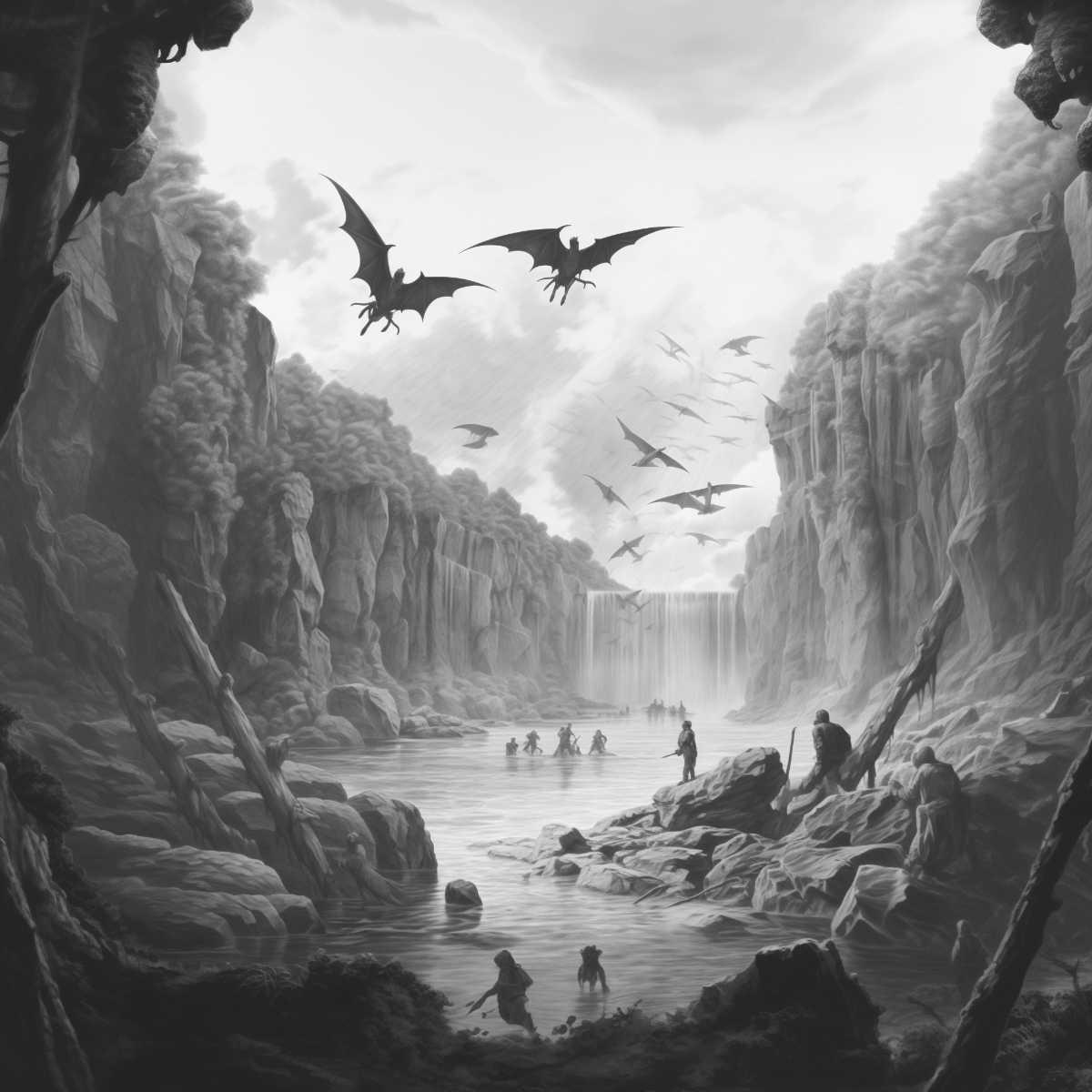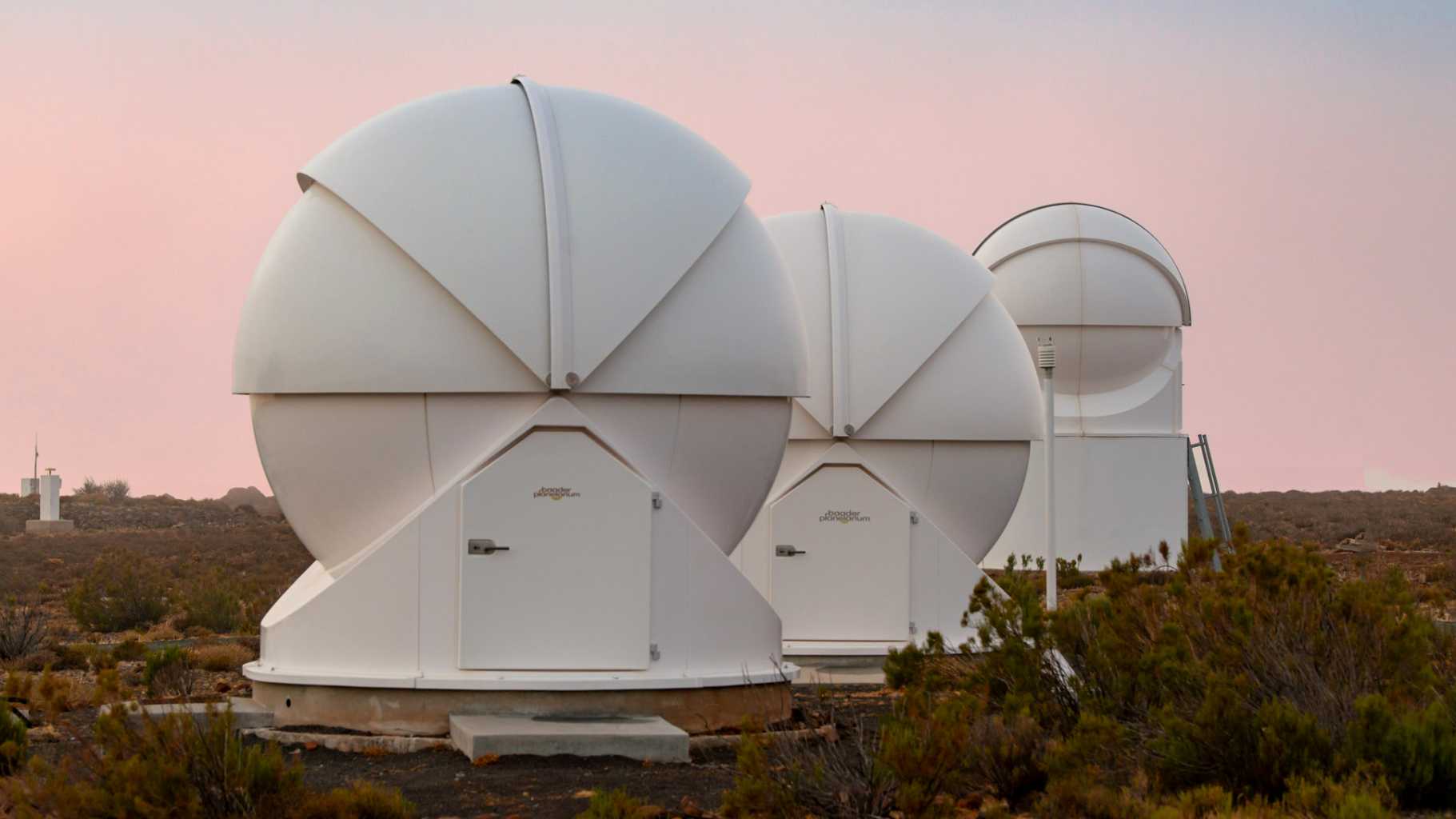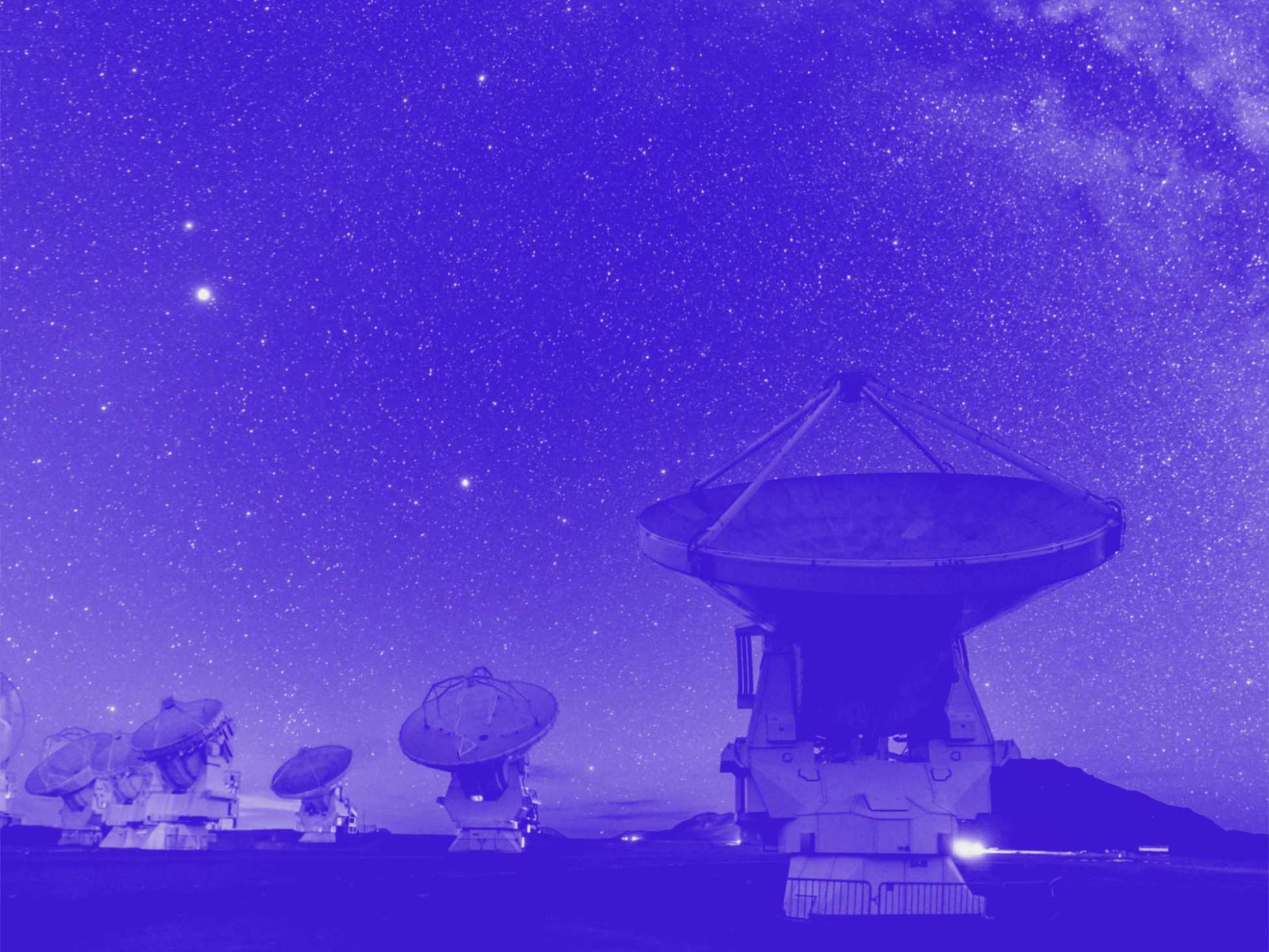
ALMA and the centre of the Milky Way © ESO/B. Tafreshi (twanight.org)
“It's beyond marvelling!”
Floris van der Tak
“Earth is not that special”, says Floris van der Tak. Since 2023, he has been teaching and researching as Professor of Astrochemistry and the Habitability of Exoplanets at the University of Groningen; he was previously Professor of Submillimetre Astronomy. He knows: studying astronomy requires far more than just the vague idea that stars are beautiful.
How long have you been interested in the universe? Can you remember what sparked this interest?
Already in primary school I liked looking at the stars; I also had a small telescope. In secondary school, I played the cello and thought about going to music college. But I also really liked physics, so I studied astronomy and maths. I also try to pass this on to young people: there is not just one right direction; there is a lot you can do, you just have to make something of it yourself.
After so many years of research and teaching, can you still stand under the stars at night and marvel at what you see?
It's beyond marvelling! I find it fascinating how far you can see without much effort, without a telescope. The stars you can see can already be hundreds, maybe thousands of light years away. You might not be able to see galaxies from the city, but you can see one or another from the countryside – millions of light years away.
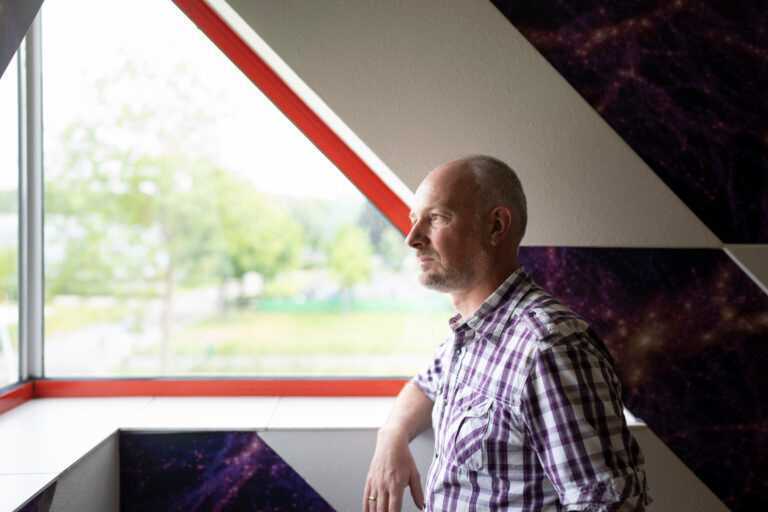
“I don't believe that the Earth is something so extremely special and rare.” Floris van der Tak © SRON
Most life on Earth are microbes
Most of us see many luminous dots, some fainter, some stronger, and our brain makes connections, we construct images or search for them. What do you see?
I may know a bit more constellations than the average person, but that's not my speciality. I like the fact that you can see different colours in stars, some are more reddish, others bluish. There are also star clusters and nebulae, of which I can find a few. The Milky Way contains not only stars, but also clouds of gas from which new stars and planets are formed. At the University of Groningen, I am researching such chemical reactions in gas clouds and whether planets are habitable.
When we talk about inhabitants, who do we mean? Intelligent creatures? Humans?
When we think of life on Earth, we tend to think of plants or animals, but most life on Earth is microbes – bacteria, viruses, and so on. This is the case today and it was even more so in the past: plants and animals have only been around for half a billion years. That is a long time for us, but only accounts for around ten per cent of the Earth's age. Whereas microbes have been around for four billion years, 90 per cent of the Earth's age. So the habitability of other planets primarily means that bacteria etc. are viable there.
We need better observations of planets and stars
What makes a planet habitable?
Good question, but the honest answer is: we don't really know. Most people understand this to mean that it is about as warm as it is here, i.e. not so cold that water freezes and not so hot that it evaporates. After all, our bodies are primarily made up of water – and that doesn't just apply to our bodies, it also applies to bacteria. The planet also has to be about the same size as Earth. Not much bigger, then it will be a gas giant like Jupiter without a solid surface, which makes it difficult for life to develop. And you need an atmosphere, otherwise the liquid will evaporate. In addition to these minimum conditions, there are many conditions that may also play a role. But we can only speculate about these.
In this respect, what are important areas of research?
What we need are better observations of planets and stars. The James Webb Space Telescope is currently making great progress in this area: recently a planet was discovered that has both carbon dioxide and methane. However, not even this telescope can determine whether planets the size of Earth also have an atmosphere. Better telescopes are needed for this, and I am also involved in their development at the Laboratory for Space Research in Groningen. They are trying to build a telescope that can answer the basic questions about Earth-like planets around other stars. But it takes a long time to develop and build something like this; such telescopes won't be available for at least ten years.
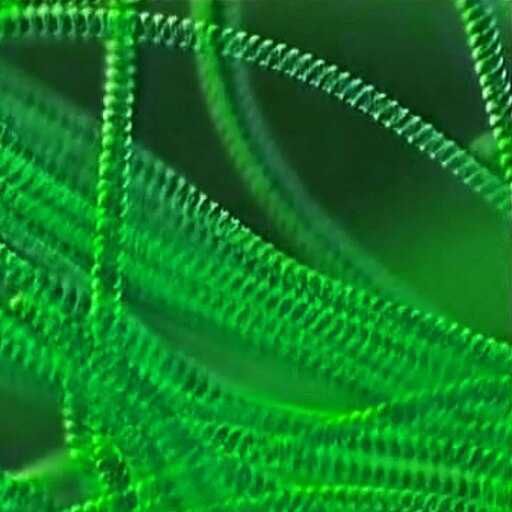
Most life on Earth are microbes: here Cyanobacteria © quapan
The nearest planet, Proxima, is two or three light years away
Do we already know of any Earth-like planets?
There are millions of planets. More than 7000 are currently known and around one per cent of these are quite similar to Earth, at least in terms of size and temperature. That's a good starting point. Whether they also have atmospheres, we don't know. Some probably do, others don't. One per cent – that may not sound like much, but in fact every star has at least one planet around it. Just like us: the Sun has eight planets. It was only 25 years ago that the first planets were discovered around other stars.
How far away from Earth are these 7000 planets?
Not far at all for stars: the furthest ones are perhaps a thousand light years away. The closest, Proxima, is located near our neighbouring star, two or three light years away. That's as close as it gets. We can only see it in the southern hemisphere.
So how special is a planet like ours – including us intelligent humans who, absurdly, are even capable of destroying it again, and who are already developing visions of resettling on Mars?
I don't believe that the Earth is something so extremely special and rare. There are many planets that are about this big and this warm, and water is also common in space. I assume that there are definitely other planets with at least bacteria living on them. Because why would that only happen here? Earth isn't that special after all. But we can't be sure at the moment. We don't have the telescopes to prove it, nor the spaceships to enable us to travel there. But we are working on it!

The Rho Ophiuchi star formation region, where hydrogen peroxide has been detected in space © ESO/eso.org
Stars are not eternal
How much water is essential for life?
Earth only has a very thin layer of water – even the oceans are only a few kilometres deep, but the Earth as a whole is thousands of kilometres deep. Perhaps one thousandth of the Earth's mass is water. Planets with water have already been found, but it is always water vapour. We are thinking about using reflections to make liquid water visible to us, but we are not there yet.
It's not tangible in our lifetime, but our starry sky is changing. Is it possible to say since when the constellation of the Big Dipper, for example, has existed? Or when Orion, as we know it, will no longer exist because Betelgeuse dies?
The question is where you draw the line, at what point you say it's no longer a Big Dipper. Around 1600, there were two supernova explosions that could be seen from Earth. This made it possible to realise: stars change, a new one can appear, an old one can disappear. Stars are not eternal, as we thought in classical times, so they don't have to be perfect. We cannot predict when exactly Betelgeuse will no longer be there. It seems as if this is its last stage, but even that can last a thousand years, which is not much for a star. Then again, we don't understand the stars that well.
Interview: © STERNENHIMMEL DER MENSCHHEIT / Teresa Grenzmann; translated by Stephan Matthiesen
